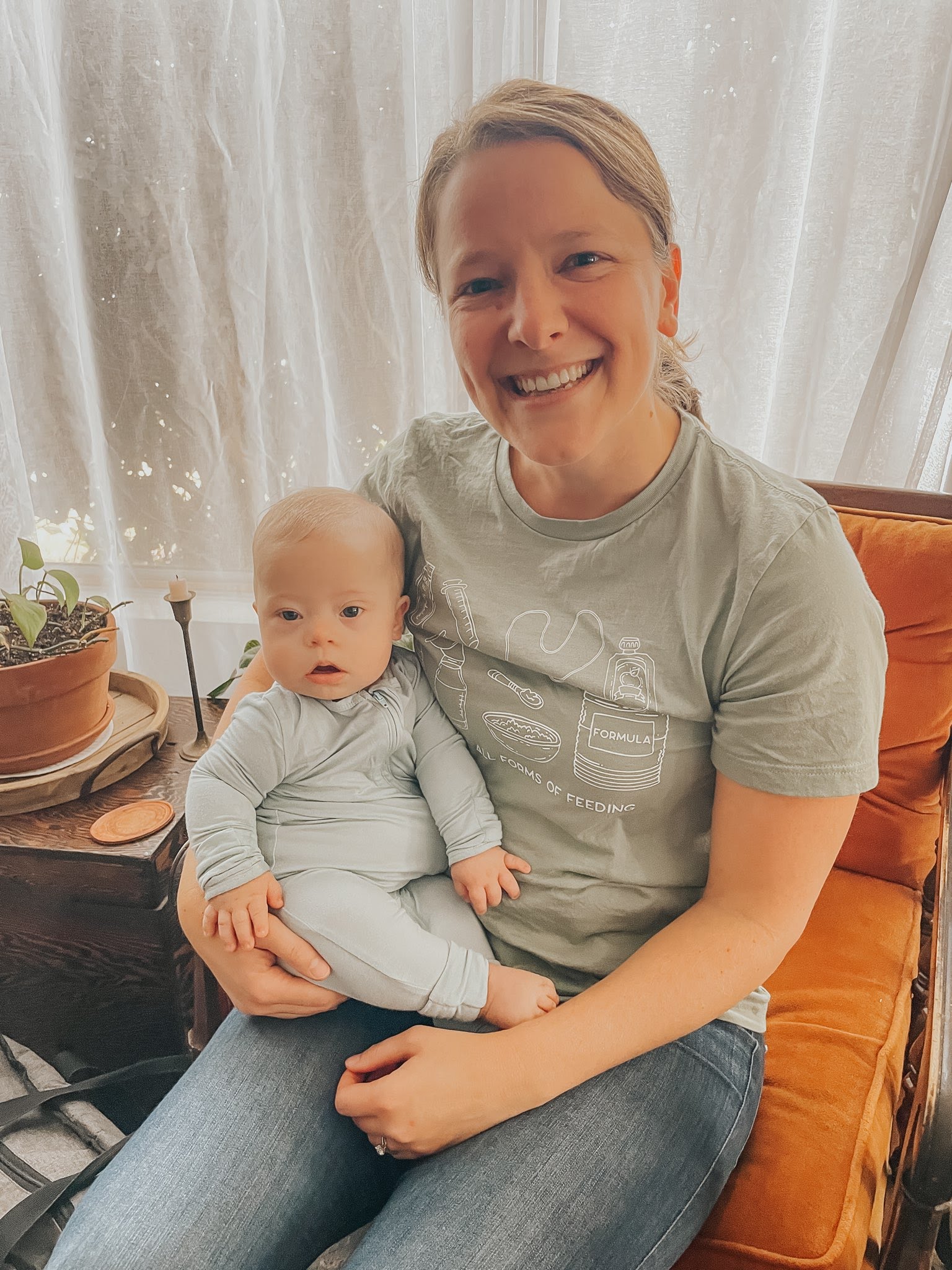Alright – so today we’ve got the honor of introducing you to Amy Williams. We think you’ll enjoy our conversation, we’ve shared it below.
Amy, appreciate you joining us today. One of the things we most admire about small businesses is their ability to diverge from the corporate/industry standard. Is there something that you or your brand do that differs from the industry standard? We’d love to hear about it as well as any stories you might have that illustrate how or why this difference matters.
First, I’d like to say that the industry standard is shifting right now, in a good way! Occupational therapy and feeding therapy have been around for a long time, but initially services were aimed to “fix” a deficit or a skill set. This “fix it,” or medical model, is still how some larger companies run their therapy services because it’s what insurance is used to; however, I truly believe therapy is better when it is child-led and neurodiversity affirming. This means that my sessions are not aimed to “fix” the child, but rather our goals are to develop confidence, gain new skills, and create positive connections with others and with food. After creating my own practice, I’ve been able to really dive into the underlying nervous system dysregulation, oral motor skill needs, and sensory processing differences in order to address the root causes for restrictive eating. The main way my practice differs from industry standard is that my sessions are rarely done at a table. My sessions are done in the living room, in the backyard, at a park, at the beach, or at a restaurant – just to name a few. I believe that confidence and skill acquisition, for a child, needs to be tied into when children learn best, which is through play. For younger children, this may look like painting in yogurt outside or using a spray bottle to wash off toys covered in messy foods. For older children, this means really learning what is motivating for them – is it cooking their own meals so they can feel confident there are no hidden ingredients, tapping into their competitive side and creating competition by racing new foods, or navigating ordering meals which meet their sensory needs while out with friends?
One example that always comes to mind when thinking about why I incorporate regulation and feeling safe in feeding therapy is when I worked with a family that had already tried feeding therapy through a hospital outpatient program. After 10 weeks of that program, where the child had to be in his highchair and was required to try a new food in every session, the family came to me even more concerned. This 2.5 year old child was now having difficulty leaving the home, became distressed upon just seeing the high chair, and was so dysregulated around once-preferred foods that he was to the point of vomiting and refusing his bottles. With a lot of time, patience, and trust from his family, we were able to build connection and safety AWAY from the table first through sensory and regulatory play. We slowly worked our way up to including food at the kitchen counter, which he could initiate exploring when ready while also including safe characters and play that truly interested him. He is now able to go out to eat with his family at restaurants, sit independently in a high chair, and is trying a larger variety of foods – all because we moved at a pace that worked for him, made sure his nervous system was regulated, included his interests in therapy but not as rewards, and made sure his sensory needs were understood.
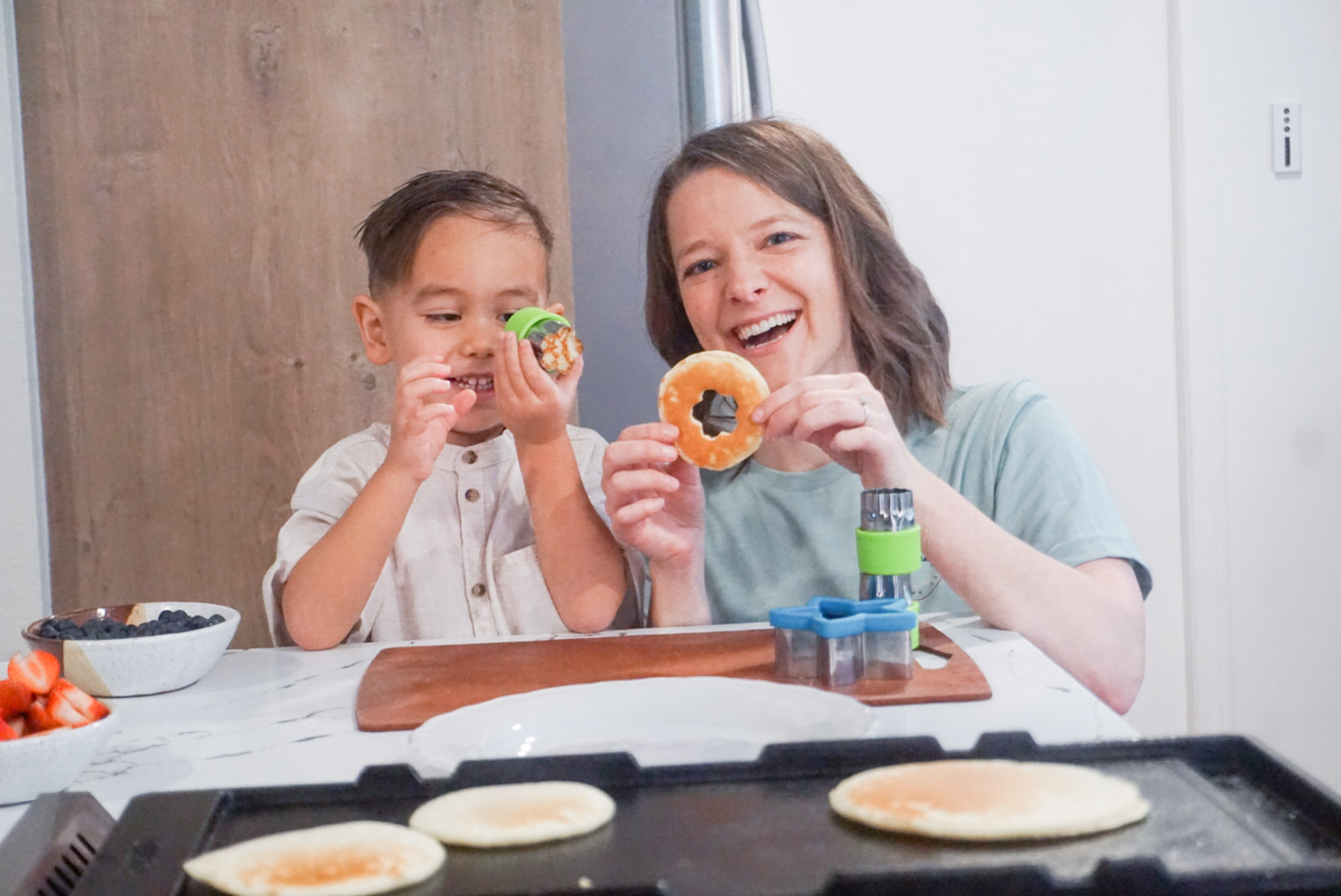
Awesome – so before we get into the rest of our questions, can you briefly introduce yourself to our readers.
I am an occupational therapist who specializes in pediatric feeding therapy. I created my in-home feeding company, San Diego Feeding Therapy, because I felt like there was not enough individualized support for families of restrictive eaters within the home. I grew up with two sisters who are both restrictive eaters and so I have seen, firsthand, how the eating dynamic, sensory preferences, and fear around new food can impact the family as a whole. What sets me apart from other practices is that I truly love being your child’s biggest advocate and supporter. We spend a lot of time in our sessions away from the table while building confidence, self-advocacy skills, and understanding sensory needs so that the child feels prepared in new situations and around any food.
I work with children ranging from a few weeks old to teenagers, which means that my child-led sessions allow me to adapt the approach I take to expanding a child’s diet based on their current regulation levels, interests, and available food. I am most proud of providing therapy that values every aspect of the child I am working with. I am not here to “fix” the child or make them eat anything that’s in front of them but I pride myself on using a neurodiversity affirming approach that celebrates small wins, advocates for sensory needs, and emphasizes the importance of feeling safe before seeing changes around food.
I get to work both with families that are both new to the feeding therapy world, and with families who have tried “traditional” feeding therapy for years and aren’t seeing any changes. So many of the families and kids that I work with have been told they have to sit still to eat, must try a “no-thank-you” bite, that they need more “healthy” foods in their diet, and that the child will eat “when they are hungry enough.” These rules and thoughts, which we all might have grown up with or heard before, can create anxiety and perceived fear around food and mealtimes. My approach to feeding therapy really aims to bring back the comfort, safety, and confidence FIRST by tailoring regulation strategies, offering foods within a preferred sensory profile, and educating children and their families that there is more than just “healthy” and “unhealthy” foods out there. I get to support families in their most natural setting, provide solutions to mealtime concerns in real time, work through tricky family dynamics, and help children feel regulated and supported at home – where they eat the most!
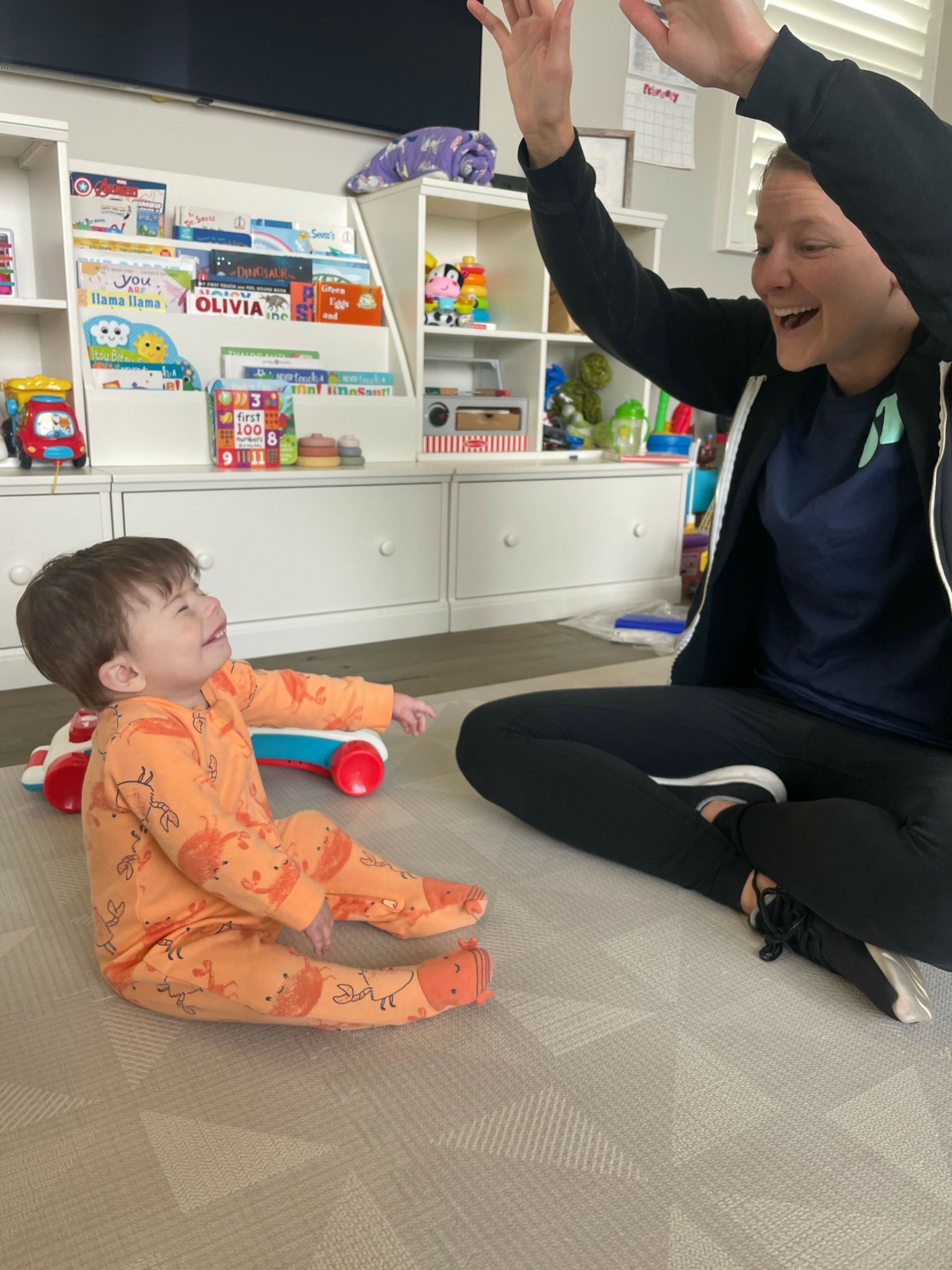
How’d you build such a strong reputation within your market?
I think my true love of what I do and my belief that I am not going to be the right fit for every family are what have helped build up my reputation. I love feeding therapy and I do not take for granted that I get to be included into the family dynamics and into their routines when I go into their homes. The way I work with my families, check in with them between sessions, and make sure that the child is enjoying our time together is how my passion shines through. And, I think that is one of the main reasons parents have referred me to other friends and family that need feeding support. But, before I even had any clients, I spent a lot of time calling other providers and learning about their specialties, their passions, and what needs their clients had that weren’t being met. It was, and still is, so important to me that families find the RIGHT provider that fits into their lifestyle, communication needs, and understands the complexities of their child and their feeding dynamics. I know I am not the best fit for every family, so having a wonderful network of clinics, solo providers, and other disciplines that I can refer to really makes sure the families are taken care of and supported in whatever way works best for them. I think this desire to collaborate with other professionals, and not compete for clients, has also been a game changer in building up my reputation in the San Diego feeding world.
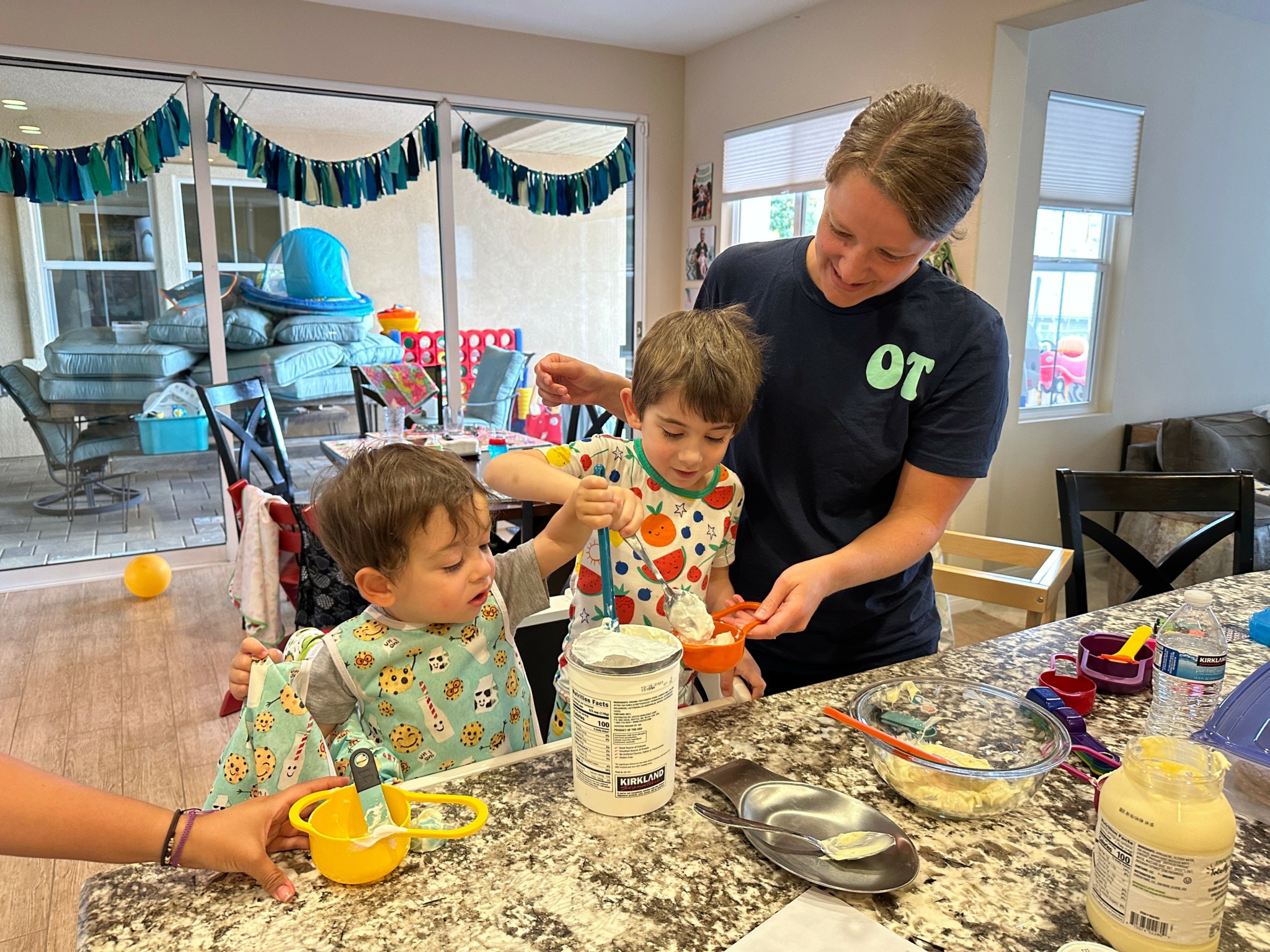
Can you talk to us about how your side-hustle turned into something more.
San Diego Feeding Therapy, definitely started out feeling like a pipe-dream and was for sure my side hustle! While I have worked as a feeding therapist since the start of my career, I initially worked in a clinic setting. After about 5 years, I started feeling frustrated by the limitations of insurance and the outpatient model of care when it came to feeding goals. I also felt like there was a disconnect between what we would get done in the clinic session and then what would be carried over at home, because I couldn’t find the right way or enough time to support parents in the home environment. I slowly started thinking about what in-home therapy would look like, but I knew I wanted to be my own boss so that session locations, structure, and goals could truly change based on the family and child’s needs that day. I started off with calling every provider I could and eventually gained 2 additional clients a week, after my other work hours. I was lucky enough to find out that in-home therapy for toddlers and school-age children was really needed in my area, and about 3 months later I had enough of a caseload waiting for me that I could quit my clinic job and put all my focus into San Diego Feeding Therapy. This was a key milestone for me because I was able to spend all hours of my work day connecting with other providers, building up my website and social media, and figuring out how to navigate owning a business.
While I now have a full time practice supporting restrictive eaters and their families, one of my other goals is to better support new feeding therapists. A big milestone for me was presenting at the Pediatric Feeding Symposium in Sandy, Utah in September 2024. I spoke about the importance of connection over compliance in feeding therapy and was reminded of my love of public speaking. Another milestone has been producing two online courses for providers looking to build confidence as pediatric feeding therapists (which are for sale on my website: www.sandiegofeedingtherapy.com). These two courses, Pediatric Feeding Evaluations and Implementing Pediatric Feeding Therapy, are just the beginning! I have several more on-demand courses outlined and in process. My goal with these courses is for providers to have access to quick, inexpensive, and effective material that they can implement in their practice right away. I feel that there is a need for more education and mentorship in the pediatric feeding world which is neurodiversity-affirming, child-led, and sensory focused – which is exactly what my courses are built on!
Contact Info:
- Website: https://www.sandiegofeedingtherapy.com
- Instagram: @sandiegofeedingtherapy
- Facebook: https://www.facebook.com/sandiegofeedingtherapy
- Linkedin: https://www.linkedin.com/in/amy-williams-b2495a139/
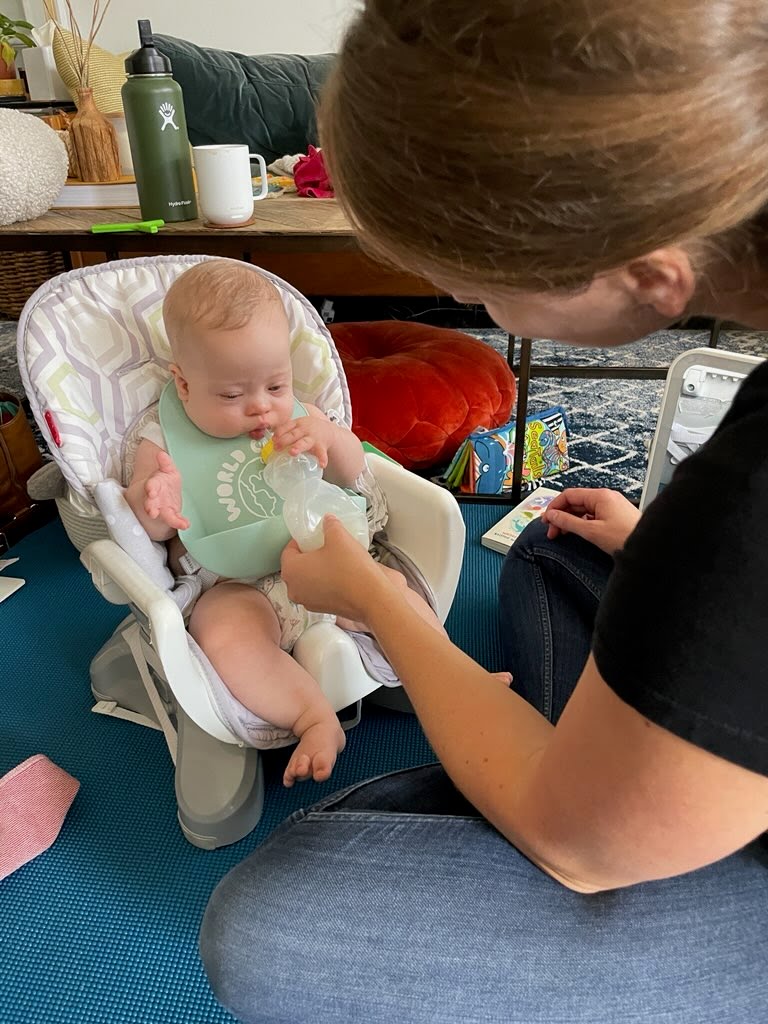
Image Credits
Sheila Chen Art
San Diego Feeding Therapy


